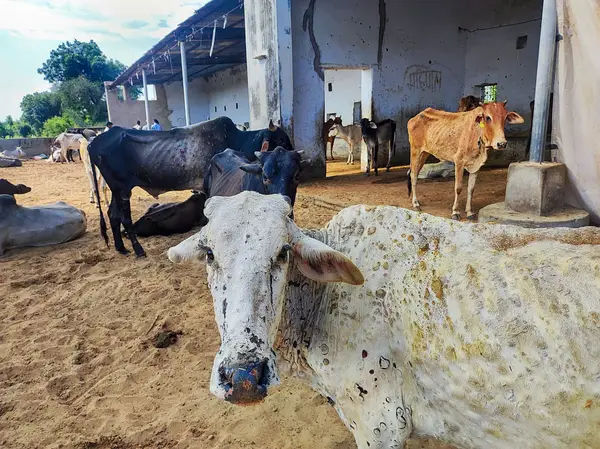Concerns have been raised about whether the new vaccine being developed to protect cattle will provide adequate protection in light of the lumpy skin disease (LSD) virus‘s potential structural difference from the version of the virus prevalent in India in 2019.
LSD has killed at least 50,000 cattle in India this year, and the virus may have changed from that version in 2019.
Researchers from the State Disease Diagnostic Centre in Jaipur and the Council of Scientific and Industrial Research-Institute of Genomics and Integrative Biology (CSIR-IGIB) examined and compared the virus genomes of five sick animals.
When genetic sequences from previous outbreaks of the disease were compared to those from six genomes (many genomes from a single animal), it was discovered that the organism had “little similarity to global genomes.”
Also Read| Lumpy skin disease spread: Which Indian states are most affected
Four genome sequences from the 2019 outbreak of the disease that were deposited in GenBank, did not contain any of the 177 unique mutations discovered by the genome study.
This is noteworthy because Lumpi-ProVacInd, a vaccine created by the Indian Veterinary Research Institute and the Indian Council of Agricultural Research’s (ICAR) National Research Centre on Equines, is based on samples of the LSD virus taken from cattle that were impacted by the Ranchi outbreak in 2019 that resulted in the outbreak. In contrast, experimental trials on animals infected with the vaccine during the ongoing 2022 outbreak, according to the ICAR and the Ministry of Agriculture, have produced favourable results.
When administered to animals, the vaccine is a live, attenuated, or weakened strain of the virus that is anticipated to boost the immune system and provide defence against a potential infection. The only vaccines for the illness at the moment are those for sheep pox and goat pox, which are linked to the LSD virus.
Also Read| How does lumpy skin disease spread in cattle?
What the ramifications of this genome sequencing study signify for the vaccination is the “million-dollar question,” according to Sridhar Sivasubbu of the CSIR-IGIB and one of the researchers involved in the genome sequencing study.
He claimed that this particular study was inconclusive because there weren’t enough animals used to test them, and that the question of whether the variants found and examined in Rajasthan for the study’s purposes were common throughout India required a larger sample of viral genomes from several States.
Also Read| What is lumpy skin disease? Know its causes, symptoms, treatment
One of the animals looked to have two separate LSD viral variants when the virus was taken from its nose as well as from its skin, showing that the virus appeared to be able to develop inside a single host, which is another issue that the IGIB study raises. This demonstrates once more the LSD virus’s greater infectiousness in 2022 compared to 2019.
Lumpy skin disease is a contagious viral disease that spreads among cattle through direct contact with mosquitoes, flies, lice, and wasps, as well as contaminated food and water. The disease causes fever and skin nodules and can be fatal.







